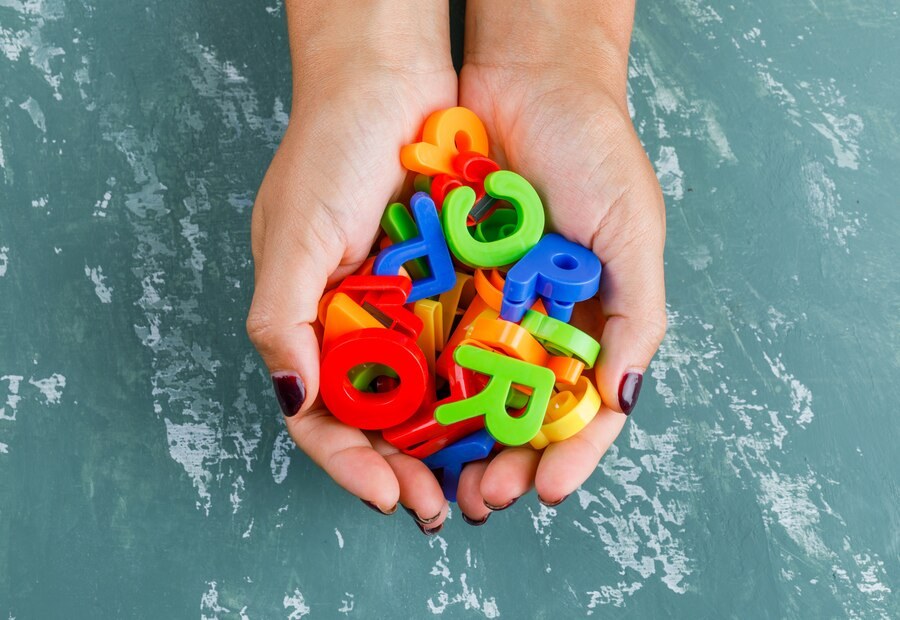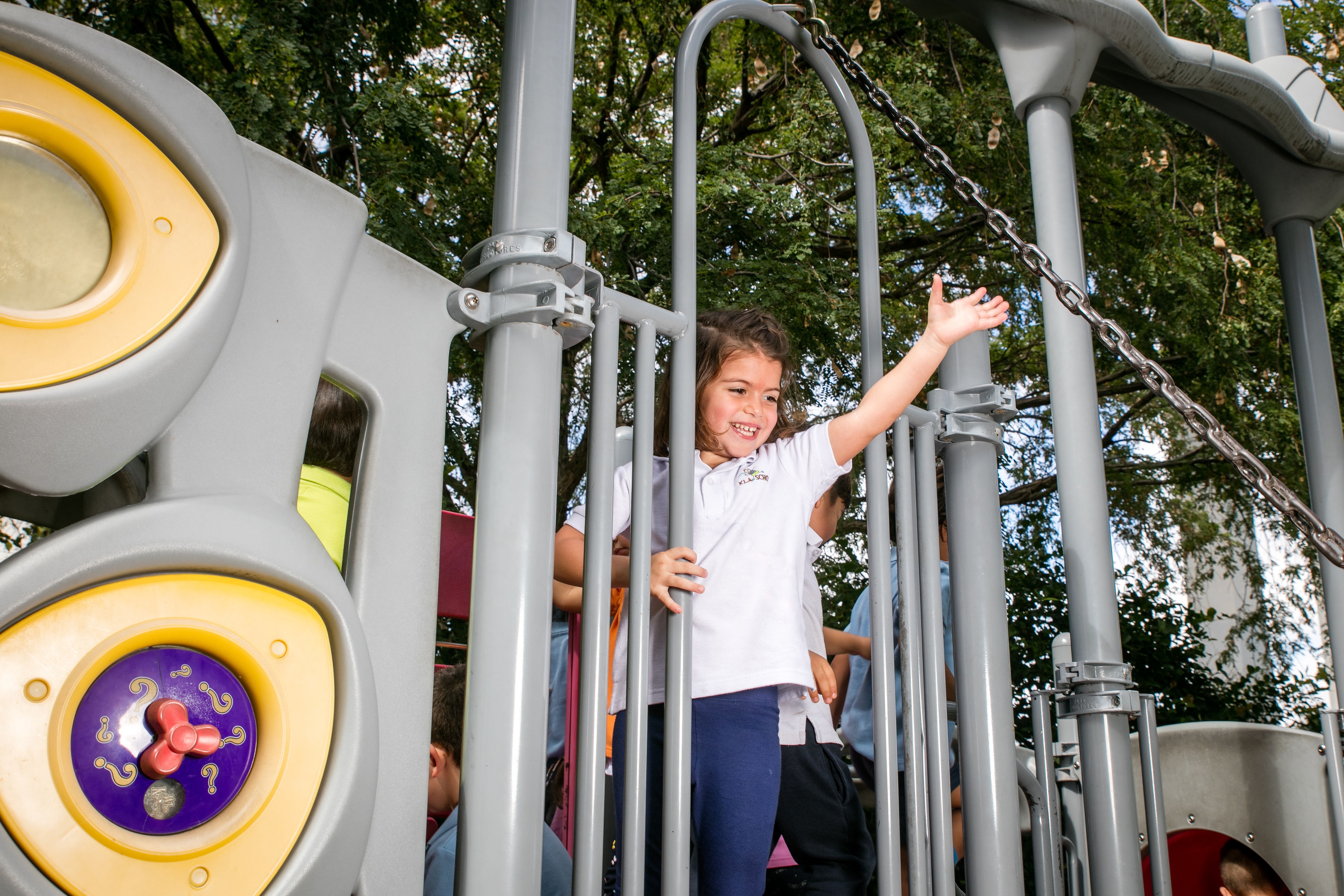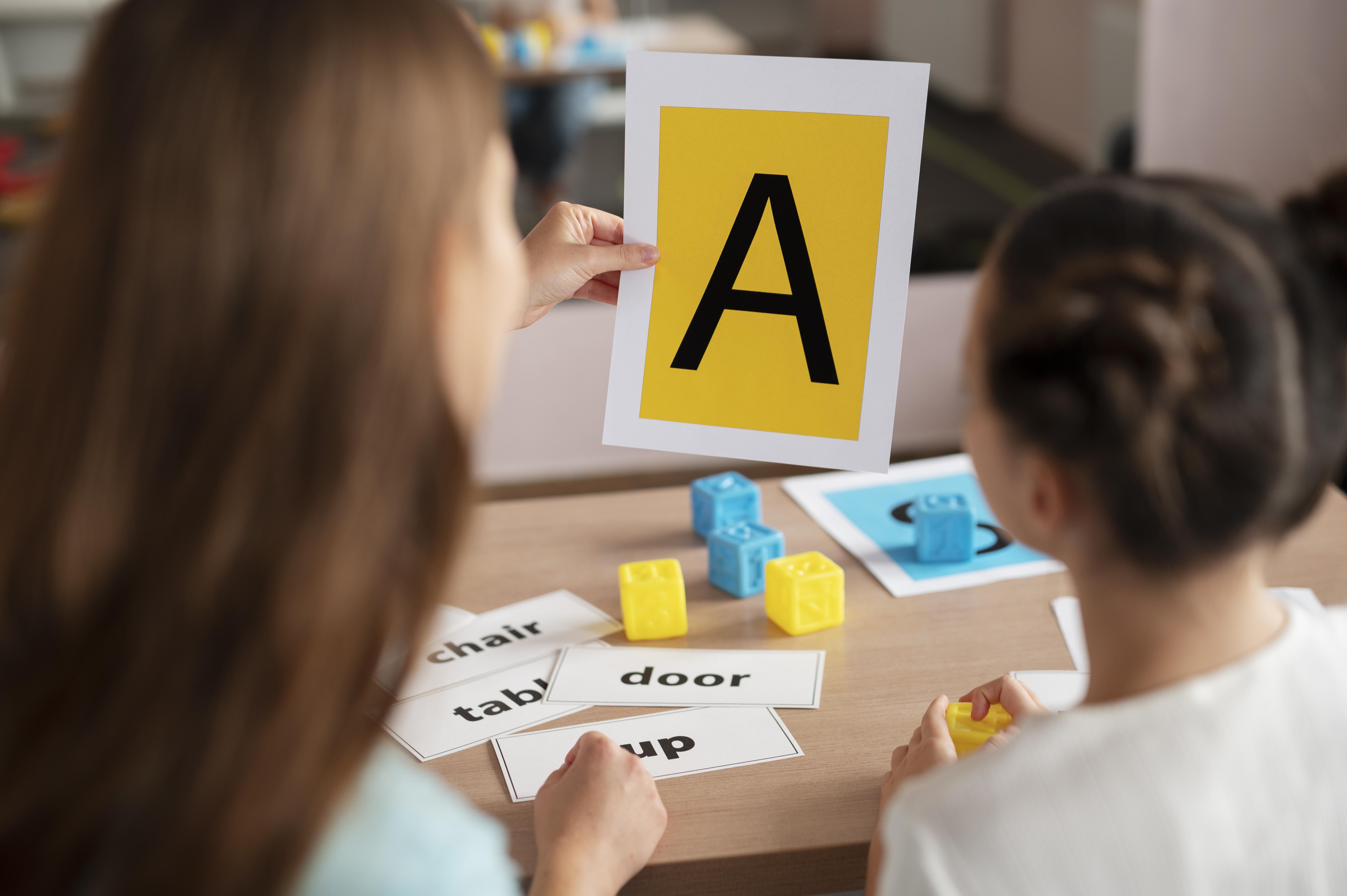25 Easy, Engaging, And Hands-On Alphabet Learning Activities
Feb 23, 2017
Topics: Parenting
Age Range: Preschool
Introducing young children to the alphabet sets the stage for a lifelong love of literacy. Recognizing letters, understanding sounds, and forming connections between letters and their meanings are key early steps in learning to read and write. Making this experience interactive and enjoyable fosters curiosity and confidence.
Offering age-appropriate alphabet learning activities helps children build letter knowledge through movement, exploration, and play. Whether your child is just beginning to recognize shapes and sounds or already associating letters with words, these hands-on ideas are designed to support development at every stage. Here are 25 creative and effective ways to bring letters to life.
1. Alphabet Sensory Bins
Fill a container with rice, sand, or pasta and hide letter tiles inside. As children dig and discover, they name the letter, trace it, and say the sound it makes. Tactile learning boosts retention.
2. Play-Dough Letter Mats
Use laminated mats with outlined letters and provide playdough for molding. Children form each letter by shaping the dough along the lines, which strengthens their fine motor skills and reinforces the letter structure.
3. Name Recognition Activities
Write your child’s name in bold letters. Point to each letter while saying it aloud. Create puzzles or crafts that highlight their name to help form a personal bond with the alphabet.
4. Alphabet Hopscotch
Draw a hopscotch board using chalk with letters instead of numbers. As your child jumps on each square, they call out the name of the letter and a word that starts with it.
5. Magnetic Letter Match-Up
Spread magnetic letters on a tray and pair them with flashcards. Children match the letter to the corresponding card, enhancing visual discrimination and reinforcing sound-symbol relationships.
6. Letter Tracing in Sand or Salt
Pour a layer of salt or sand into a shallow tray. Children trace letters with their finger or a paintbrush, combining sensory input with writing practice for greater engagement.
7. Alphabet Scavenger Hunt
Hide letters or objects that start with specific letters around the house. As children find each one, they name the letter and a matching word, promoting phonemic awareness.
8. Alphabet Songs with Movement
Sing traditional ABC songs and add simple motions, like shaping letters with arms or dancing in the shape of a letter. Movement enhances memory and creates positive associations.
9. Letter of the Week Craft Projects
Focus on one letter each week with themed crafts. For “B,” build a boat or paint with bubble wrap. Repeated exposure through themed art solidifies letter learning.
10. Alphabet Lacing Cards
Use cards with letter shapes punched along the border. Children thread yarn through the holes, improving coordination while reviewing letter forms through physical repetition.
11. I Spy Letter Sounds
Play “I Spy” using letter sounds instead of object names. For example, “I spy something that starts with /b/.” This encourages auditory discrimination and sound-letter association.
12. Alphabet Books with Interaction
Read books that introduce letters, like "Chicka Chicka Boom Boom." Pause to ask questions or have your child point to each letter, blending literacy and play.
13. Water Painting Letters Outdoors
Give children a paintbrush and a cup of water to paint letters on a sidewalk or fence. This creative, mess-free activity combines movement and letter recognition.
14. DIY Alphabet Puzzles
Cut large letters from cardboard and split them into halves. Your child matches the pieces, working on visual memory and letter recognition through problem-solving.
15. Alphabet Wall Display
Create a letter wall in your child’s room or classroom. Each week, add pictures or objects that start with the featured letter to build print awareness in everyday spaces.
16. Letter Snack Sorting
Use letter-shaped crackers or cereal and sort them into labeled bowls. Say each letter aloud and talk about foods or animals that begin with that letter.
17. Finger Paint the Alphabet
Use finger paint on large paper to form letters. This encourages creativity and strengthens hand muscles while helping children learn letter shapes through sensory play.
18. Alphabet Relay Races
Set up a letter race. Spread letter cards across a space and have children run to find and identify specific letters. This adds movement and competition to the learning process.
19. Alphabet Sticker Stories
Give your child alphabet stickers and blank paper. They choose letters and build simple stories or pictures around them, combining storytelling and letter practice.
20. Foam Letter Bathtub Fun
Use foam alphabet letters in the bath. Children can stick them to tiles, sort them, and spell simple words, making bath time a fun and educational learning opportunity.
21. Letter-Sound Flashlight Game
In a dark room, shine a flashlight on letter cards posted on a wall. Say a sound, and your child points the light at the correct letter. It’s an exciting way to practice.
22. Alphabet Stamp Art
Provide ink pads and letter stamps. Children press letters onto paper and name each one. Make patterns or spell words to strengthen both letter recognition and print awareness.
23. Stuffed Animal Letter Hunt
Assign each stuffed animal a letter. Children search for toys that match a given sound or letter, combining play with early phonics development.
24. Matching Uppercase and Lowercase Letters
Create cards with upper- and lowercase letters. Children pair them, strengthening visual matching skills and reinforcing the understanding that letters come in two forms.
25. Build Letters with Loose Parts
Provide materials like buttons, sticks, or beads. Have children form letters using the objects. Loose parts play encourages creativity and reinforces letter shape and form in a tactile way.

Creating a Lasting Connection to Letters Through Play
Practical alphabet learning activities prioritize engagement, hands-on experiences, and repetition. From sensory play to songs and movement games, each method builds a deeper connection between letters and their meanings. Children retain more information when they enjoy the process and explore letters at their own pace.
Whether you’re incorporating letter-learning activities at home or in a classroom, consistency and enthusiasm go a long way. These ideas also adapt easily to various developmental stages, from alphabet learning activities that focus on recognition to activities for 2- to 5-year-olds that emphasize phonics and simple spelling.
As your child develops, choose fun activities to learn alphabet skills that match their curiosity and comfort level. From tracing and lacing to scavenger hunts and songs, every interaction builds confidence in early literacy.
Supporting your child’s language journey with activities that help them learn the alphabet creates a foundation for reading success, effective communication, and creativity. The more positive and playful the experience, the more eager your child will be to learn, explore, and grow into a lifelong reader.
How KLA Schools Enrich Early Alphabet Exploration
KLA Schools provide an inspiring and nurturing environment where early literacy thrives through hands-on experiences. Influenced by the Reggio Emilia approach, KLA believes that young children learn best through exploration, observation, and meaningful interaction with their surroundings.
Within KLA classrooms, alphabet discovery is seamlessly woven into the daily rhythm. Teachers set up intentional provocations—such as sensory trays filled with letter beads, alphabet-themed art projects, or literacy-rich dramatic play areas—to encourage spontaneous engagement with letters.
Whether tracing names with finger paint, matching letter sounds with storybook characters, or building letters with natural materials, students experience alphabet learning activities as part of their authentic environment. These moments go beyond memorization, fostering deep and joyful connections with language.
KLA educators also partner closely with families, sharing strategies and ideas that extend learning the letters of the alphabet activities into the home. Our approach honors each child’s developmental stage, offering support and encouragement for alphabet learning activities and meaningful literacy opportunities for every learner in between.
Through consistent exposure, playful learning, and a thoughtful classroom culture, KLA Schools lay the groundwork for confident, curious, and capable readers.

